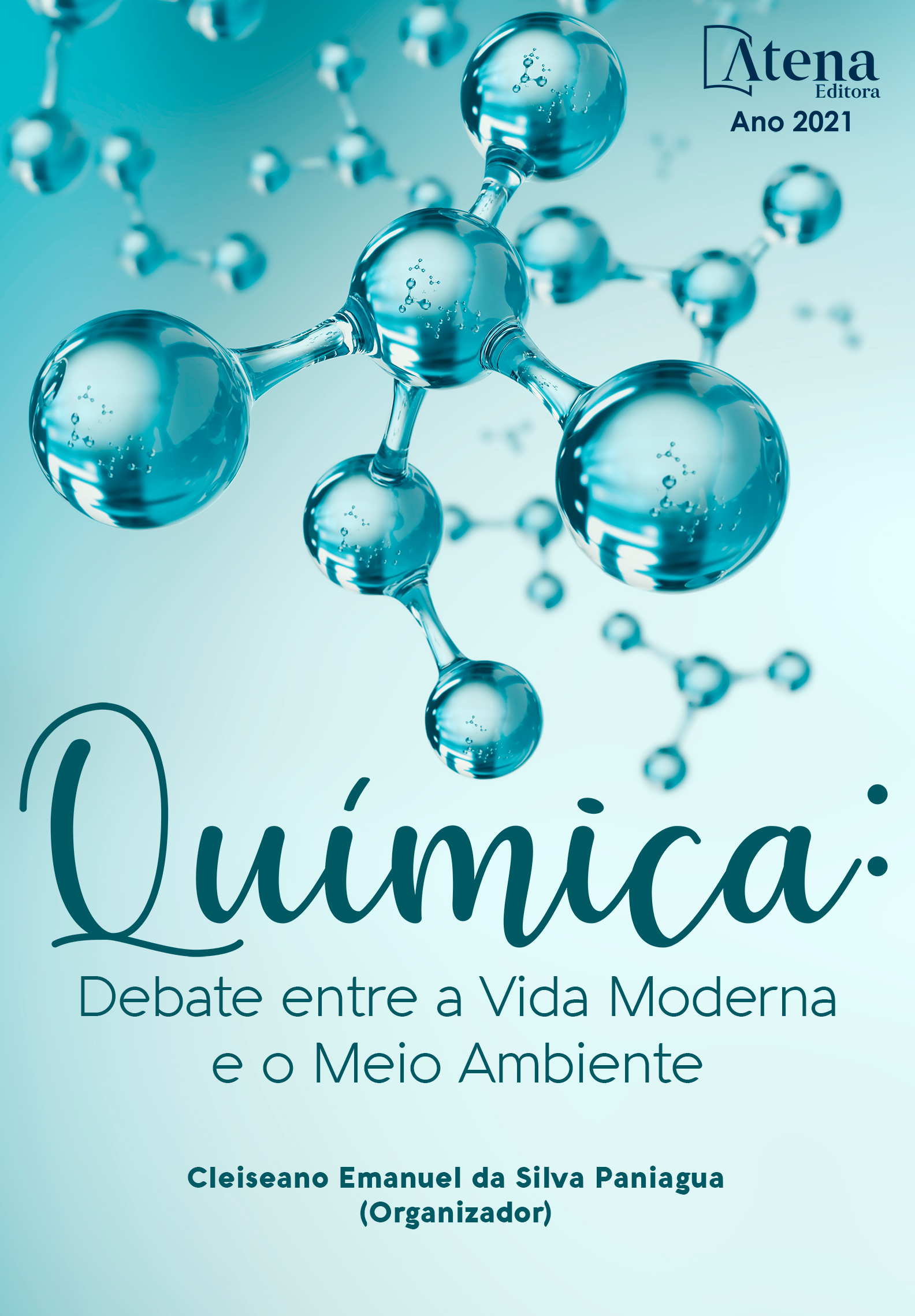
Desenvolvimento de biofilme a partir do bagaço da laranja
O tratamento químico e reaproveitamento de resíduos são muito explorados na área ambiental e química verde. Considerando o perfil industrial da região noroeste paulista, notou-se a importância de um projeto na reutilização de resíduos da indústria de suco de laranja, neste caso, o bagaço da laranja. Com base na literatura, estabeleceram-se critérios de aplicações e testes com formulações para obtenção de um biopolímero. O uso deste resíduo, voltou-se à extração de pectina e sua polimerização com glicerina, que em condições controladas, originou um material elástico, translúcido, solúvel em água, com aparência comercial agradável com características que o tornam factível e consumível no mercado, o que também agrega valor ao resíduo. Todavia, mesmo realizando o trabalho na direção de desenvolvimento, sugere-se o estudo de uma aplicação em embalagem e ainda se fazem necessárias realizações de experimentos específicos para verificação das propriedades específicas do bioplástico obtido.
Desenvolvimento de biofilme a partir do bagaço da laranja
-
DOI: 10.22533/at.ed.7832112042
-
Palavras-chave: resíduos industriais; bagaço de laranja; bioplástico; biopolímero
-
Keywords: waste; orange bagasse; bioplastic; biopolymer.
-
Abstract:
Chemical treatment and reuse of waste are widely explored in the environmental and green chemistry areas. Considering the industrial profile of the northwest region of São Paulo, the importance of a project was noted in the reuse of residues from the orange juice industry, in this case, the orange bagasse. Based on the literature, application and testing criteria have been established with formulations for obtaining a biopolymer. The use of this residue turned to the extraction of pectin and its polymerization with glycerin, which under controlled conditions, gave rise to an elastic, translucent material, soluble in water, with a pleasant commercial appearance with characteristics that make it feasible and consumable in the market, the which also adds value to the waste. However, even carrying out the work in the direction of development, it is suggested the study of an application in packaging and it is still necessary to carry out specific experiments to verify the specific properties of the obtained bioplastic.
-
Número de páginas: 15
- Lucas Fernandes Domingues


